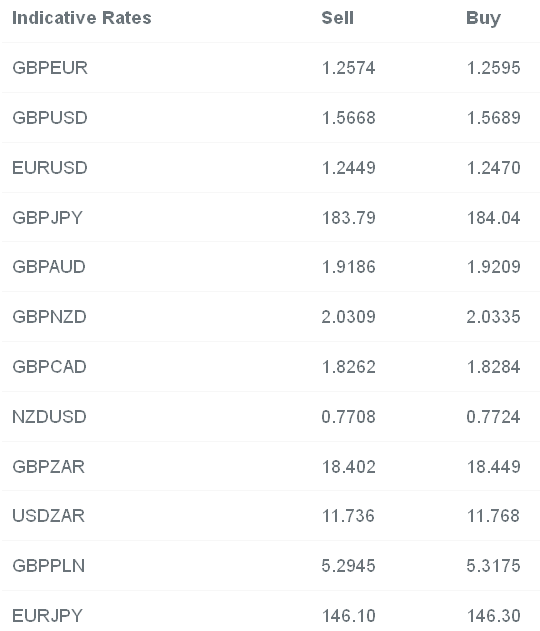The business pages of the world’s newspapers are telling the story of the financial cold war that is taking place at the moment between Russia and the US. There have been more column inches written on the plight of the rouble in the past 48 hours than there has in the past 48 months. Of course, the question is how high can USD/RUB, GBP/RUB, EUR/RUB trade in the coming months. The simple answer to that is how high can you count?
The near-term collapse of the currency is spurring on inflation within the country, boosting prices that have already been elevated by the sanctions imposed upon Russia by the EU and the US. While oil prices within Russia have stayed relatively stable – and it is these falls in oil prices that have catapulted rouble rates into the stratosphere – the next shoe to drop is in the corporate world and then the political one.
Corporates still need dollars to pay bills and service foreign language debts, of which Russian corporates are overweight in. There will be a corporate demand to sell RUB to pick up USD but at these levels the servicing of those debts may be so pernicious that we start to see indebted Russian companies go to the wall. This will happen regardless of the yield that investors can get from a panicked Russian Central Bank.
On a political standpoint, the answer is two-fold. At the beginning of the year, some were hailing Putin as having ‘played a blinder’ in his mastery of international diplomacy and nationalistic fervour. Commentators were quick to say that he had run rings around Obama and European leaders in his annexation of Ukraine. That is no longer the case. The US and Saudi Arabia’s decisions to flood the market with excess supply of oil has crippled Putin internally and has wrestled a lot of power from him externally. I am not calling for a Russian implosion but in the meantime the sabre-rattling between the US and Russia will only escalate and capital controls from the Russian state to prevent capital flight.
Of course, Europe is caught in the middle of all this. European governments are already looking at lower tax receipts on gasoline sales and falling revenues from exports to the Russian economy as well. That being said, I’d rather be European than Russian at the moment.
This evening’s Federal Reserve meeting has the ability to further help the USD against a wobbly emerging market currency sphere. The expectations are fairly simple in that the Fed’s bond buying program over the central bank will lay forth more details of what is needed from the US and world economies for it to feel comfortable enough to break away from its current ultra-low interest rate policy.
The obvious focus is inflation and the low level of price rises in Western economies. Sir John Cunliffe, Deputy Governor of the Bank of England, gave a speech this morning talking about low inflation levels in the UK and we would expect his sentiments to be reiterated by US policymakers. Cunliffe’s thoughts are that outright deflation in the UK remains unlikely and that a large amount of the disinflationary pressures that Western economies are under at the moment is coming from emerging market exporters and oil and food markets. These pressures should lessen as time goes on.
The language around signalling that rates will stay at current levels for a “considerable time” is also likely to change in my estimation. Should that be got rid of then you can expect the market to focus its rate rise thoughts for the summer of 2015. They will likely soften the impact by using words such as ‘patient’ and ‘cautious’ but the impact is all the same.
Naturally we are also expecting comment on issues that are not directly within the Fed’s sphere of influence. Fed officials have so far appeared to be unfussed about movements in the oil price while fears of a Russian collapse, Chinese slowdown, Japanese recession and European political upheaval are all likely to have weighed on policymakers’ minds in the past few weeks.
Elsewhere we also have the final minutes of 2014 from the Bank of England today. Much like the thoughts of the Fed, the impetus of lower inflation and rising fears over the prospects of European political wobbles in the coming months are keeping the hand very much away from the lever that hikes rates. We also get the latest round of jobs data and will be focusing on wages and their relationship to yesterday’s 12 year low in CPI.

